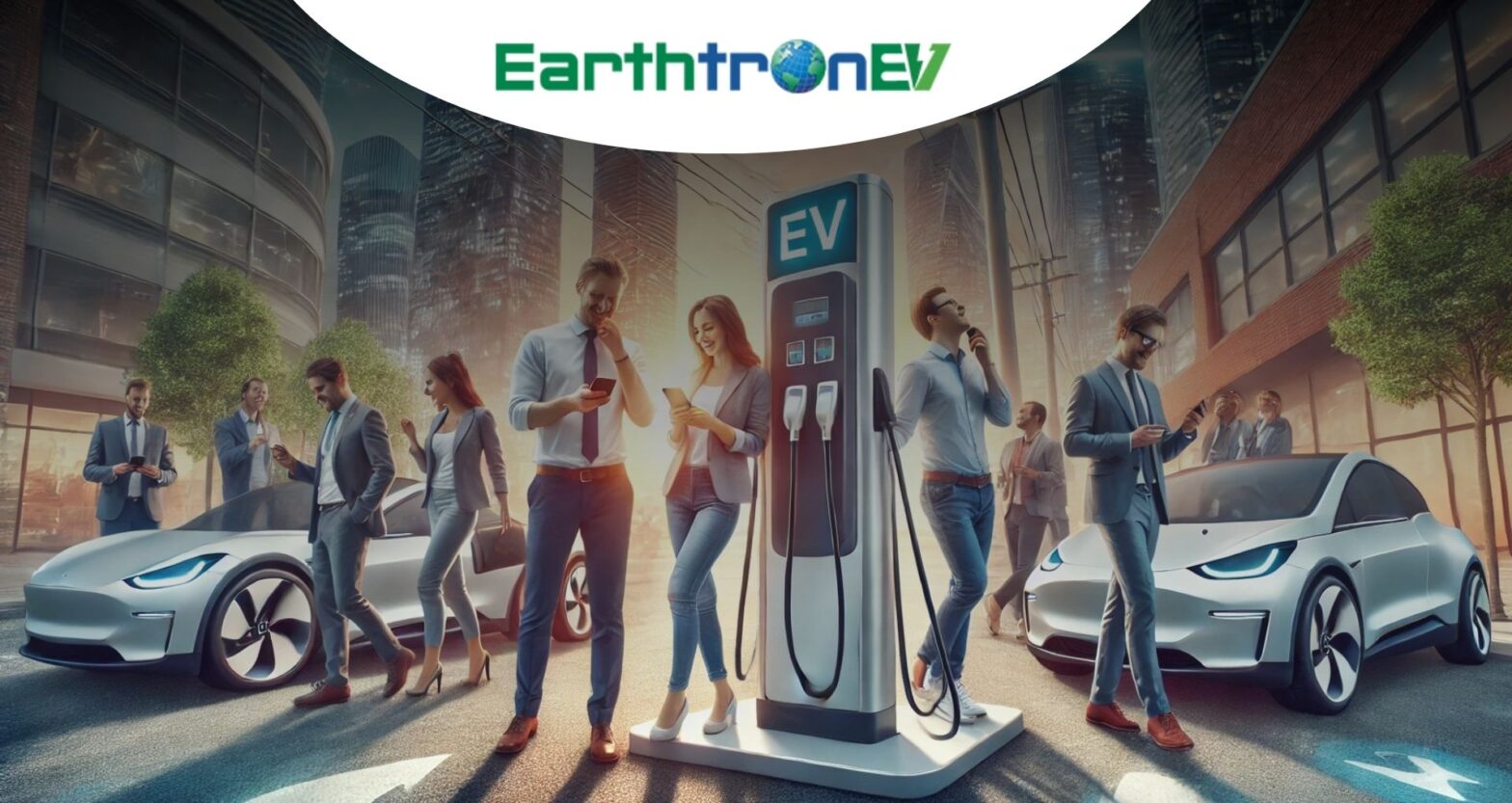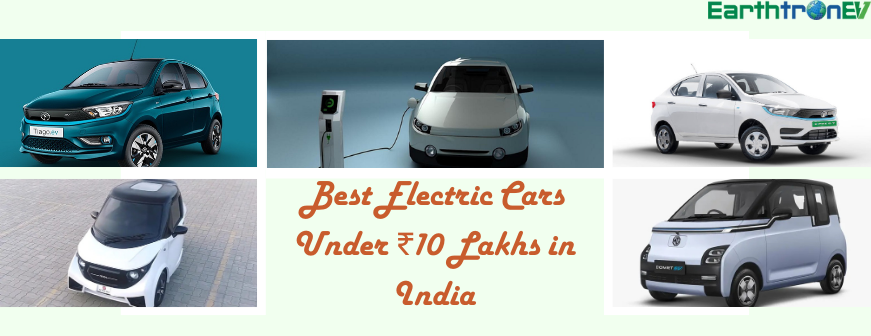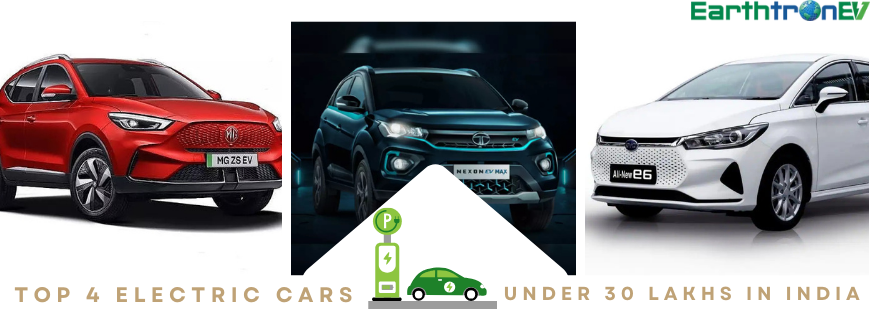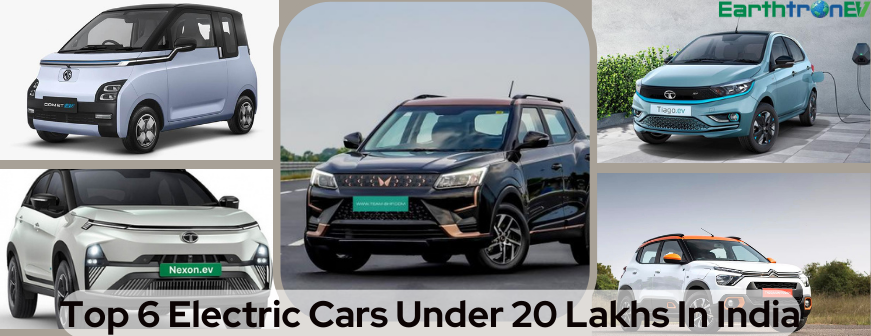Unleash the power of your electric vehicle (EV) and become a driving force for change! Imagine using your EV not only as a mode of transportation but also as a source of power for the grid operator. With Vehicle-to-Grid (V2G) technology, you have the potential to revolutionize how energy is managed and consumed.
But wait, there’s more! Have you ever wondered if you could use your EV to power up your home? Well, with Vehicle-to-Home (V2H) systems, that dream can become a reality too! In this blog post, we’ll explore the difference between V2G and V2H and uncover their exciting possibilities. So buckle up and let’s discover how these technologies are shaping the future of sustainable energy solutions!
Why should I use my EV as a source of power for the grid operator?
Why limit your electric vehicle to just being a mode of transportation when it has so much untapped potential? By utilizing your EV as a source of power for the grid operator, you can actively contribute towards creating a more sustainable and efficient energy system.
- One compelling reason to consider this option is the opportunity to reduce greenhouse gas emissions. By supplying electricity to the grid during peak demand periods, you are helping to offset the need for traditional fossil fuel-based power generation. This means fewer carbon emissions are released into the atmosphere, contributing positively towards combating climate change.
- Another advantage is the financial incentive that comes with participating in V2G programs. Grid operators often offer compensation or credits for feeding energy back into their systems. Not only does this help offset charging costs for your EV but also provides an additional revenue stream for owners.
Is Vehicle to Grid cost-saving?
- One of the major advantages of using your electric vehicle (EV) as a source of power for the grid operator is cost savings. By connecting your EV to the grid and participating in vehicle-to-grid (V2G) programs, you can potentially offset some or all of your electricity costs.
- When you plug your EV into the grid during peak times, such as when demand is high, you are essentially selling back excess energy stored in your battery. This not only helps stabilize the power supply but also allows you to earn credits or monetary compensation from the utility company.
- In addition, V2G enables consumers to take advantage of time-of-use pricing plans by charging their vehicles at off-peak hours when electricity rates are lower. This means that by leveraging V2G technology, you can optimize energy consumption and reduce overall expenses on charging.
Is V2G available now?
Is V2G available now? This is a question that many electric vehicle (EV) owners may be asking. The concept of Vehicle-to-Grid (V2G) technology is certainly intriguing, as it allows EVs to not only consume power from the grid but also supply power back to the grid when needed.
Currently, V2G technology is still in its early stages of development and implementation. While there have been successful trials and pilot projects showcasing its potential, widespread availability is yet to be achieved. One of the main challenges lies in establishing a standardized infrastructure that can support bidirectional energy flow between EVs and the grid.
What is vehicle-to-home (V2H)?
Vehicle-to-home, or V2H for short, is a technology that allows electric vehicles to not only draw power from the grid but also supply power back to your home. This means that when your EV is fully charged, it can serve as a source of electricity for your household appliances during peak demand periods or in case of a power outage.
With V2H, you can effectively turn your electric vehicle into a mobile energy storage unit. When connected to your home’s electrical system using an appropriate charging device, the battery in your EV becomes an additional power source. This gives you more control over how and when you use electricity at home.
Will my EV always be fully charged with V2H?
- One of the main benefits of using vehicle-to-home (V2H) technology is the ability to charge your electric vehicle (EV) directly from your home’s power supply. But will this guarantee that your EV will always be fully charged? Let’s take a closer look.
- With V2H, you can tap into your home’s electricity grid during peak hours when electricity prices are typically lower. This means that you can charge your EV at a more affordable rate compared to charging it during high-demand periods. However, whether or not your EV will always be fully charged depends on various factors.
- The amount of energy stored in your EV battery before plugging it into the V2H system plays a significant role. If there is already limited charge remaining in the battery, it may not reach full capacity even with V2H charging.
- The duration and frequency of using electrical appliances and devices connected to the same grid as your EV also impact how much energy can be directed toward charging your vehicle. If multiple appliances are being used simultaneously, it may reduce the available power for charging.
V2H and storing renewable energy from solar panels
V2H, or vehicle-to-home, is an exciting technology that allows electric vehicle owners to use their cars as a power source for their homes. But did you know that V2H can also help in storing renewable energy from solar panels?
Here’s how it works: during the day, when your solar panels are producing excess electricity, instead of sending it back to the grid, you can divert that power to charge your EV. This way, you’re effectively storing renewable energy in your car’s battery.
Then at night or during peak demand times when electricity prices may be higher, you can utilize the stored energy in your EV and power your home. It’s like having a portable battery backup system right in your driveway!
Is V2H available now?
Is V2H available now? This is a question that many electric vehicle (EV) owners may be asking themselves. The concept of Vehicle-to-Home (V2H) technology allows EVs to not only charge from the grid but also discharge energy back into the home. Essentially, your EV becomes a power source for your house.
Currently, V2H technology is available in some markets and with certain EV models. However, it is still not widely accessible or supported by all vehicles. To utilize V2H capabilities, you would need specific hardware installed in both your car and home.
Are V2G and V2H safe for the battery?
- One concern that EV owners may have when considering vehicle-to-grid (V2G) or vehicle-to-home (V2H) technology is whether it is safe for their battery. After all, the battery is a crucial component of an electric vehicle, and any potential harm to it could be costly.
- The good news is that both V2G and V2H systems are designed with the safety of your battery in mind. These technologies utilize advanced software algorithms to carefully manage power flow between your vehicle’s battery and the grid or your home.
- When participating in V2G programs, such as selling excess energy back to the grid, the system ensures that the amount of power drawn from or delivered to your EV’s battery does not exceed its specified limits. This prevents overcharging or discharging beyond safe levels, which can degrade battery performance over time.
What is the difference between V2X, V2G, V2H, and V2B?
- V2X, V2G, V2H, and V2B are all terms associated with the world of electric vehicles (EVs) and their connection to various power grids. Let’s break down what each term means.
- V2X stands for “vehicle-to-everything” and encompasses all the interactions an EV can have with external systems. It includes V2G (vehicle-to-grid), V2H (vehicle-to-home), and even V2B (vehicle-to-building).
- V2G specifically refers to using your EV as a source of power for the grid operator. This means that during peak demand times or emergencies, your EV battery can discharge electricity back into the grid to help stabilize it.
- On the other hand, V2H allows you to use your EV battery to power your home. In case of a blackout or when energy prices are high, you can rely on your fully charged EV battery to keep essential appliances running.
- V2B extends this idea further by allowing businesses or larger buildings to utilize the stored energy in their fleet of electric vehicles as backup power sources during outages or peak demand periods.
- These technologies not only provide flexibility but also contribute towards greener solutions by utilizing renewable energy sources more effectively. They open up new possibilities for managing energy resources efficiently while reducing reliance on fossil fuels.
- As technology advances and infrastructure develops further, we can expect these concepts to become more accessible and widespread in our daily lives. The future holds exciting prospects where our vehicles play an integral role in powering our homes and supporting overall grid stability without compromising convenience or sustainability!
What is Tubular Battery?
Unlike flat plate batteries, tubular batteries use a positive plate nestled within a cloth-wrapped tube that holds the electrodes. Tubular batteries are often used in UPS and inverter systems.
A tubular plate battery offers advantages such as increased efficiency, extended life, and low maintenance.
What does the future hold?
As technology continues to advance and our energy needs evolve, the possibilities for V2G and V2H are endless. The integration of electric vehicles into our power grid has the potential to revolutionize how we generate, store, and distribute electricity.
In the future, we can expect even more seamless integration between EVs and our homes or the grid. Smart charging systems will become more sophisticated, allowing users to optimize their energy usage based on real-time data. Vehicle-to-grid technology will become more widespread, enabling EV owners to earn money by selling excess power back to the grid when demand is high.







